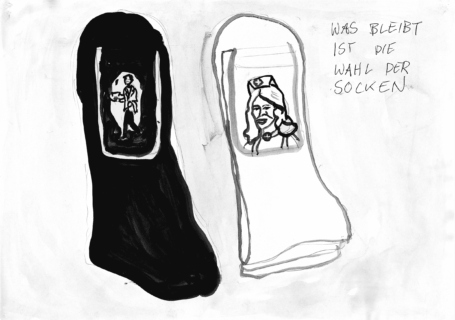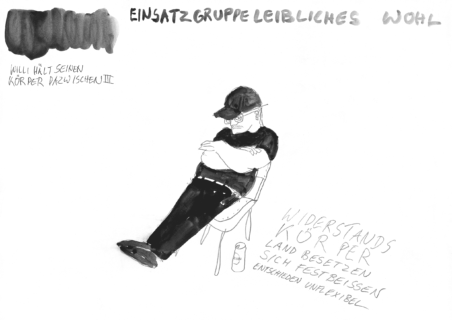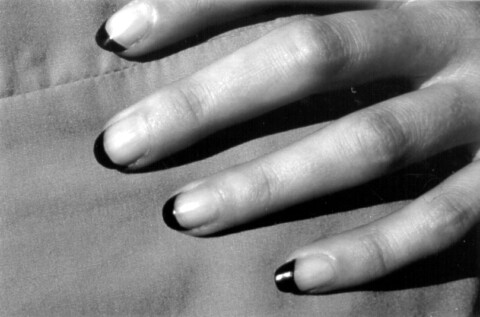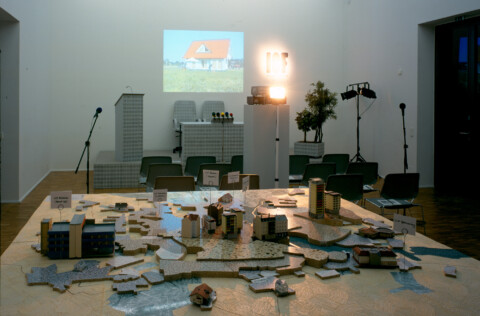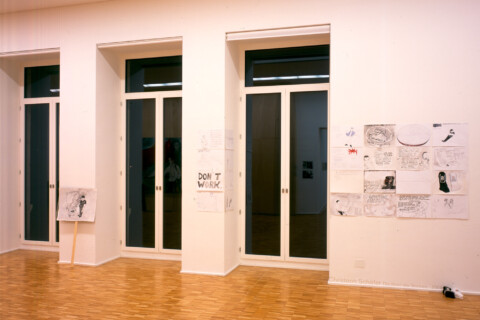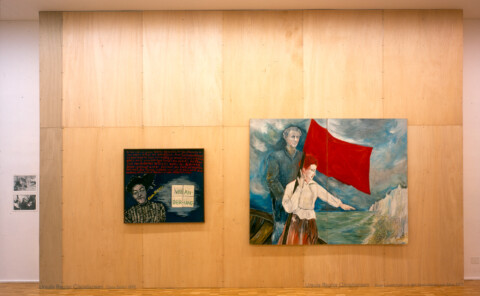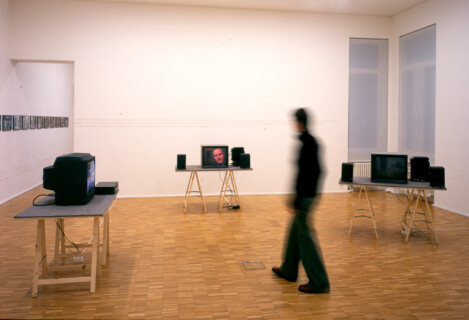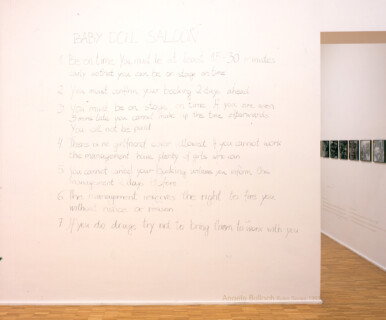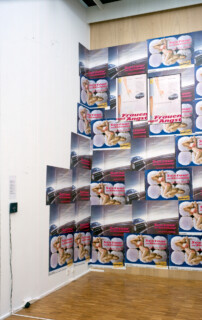The exhibition ›The Third Sector‹ (previously shown at Kunstverein Wolfsburg) will open at Galerie für Zeitgenössische Kunst Leipzig on 26.01.2002 at 19.00 hrs. The show deals with changes occurring in Leipzig and Wolfsburg as these cities evolved from industrial locations to services centres.
The services sector was considered the great prospect of the 20th century, intended to warrant economic, political and social stability. It promised full-time employment, more humane working conditions, the equal distribution of social wealth and the democratisation of power. Today, the structural change from an industrial to a services society no longer necessarily embodies hope, but rather the individual’s exclusion from the job market and thus from society itself. The exhibition reflects, primarily from feminist, economic and urban perspectives, the consequences of the third sector. It includes works (some of which are site specific) by thirteen international artists addressing this topic.
In the 1960s and 70s, the photographer Erika Sulzer-Kleinemeier took pictures of women carrying out typically female jobs. Here, these older images are complemented by more recent photographs of places marked by the services sector, such as a trade fair, an empty airport counter or a Troy exhibition in a bank. The pictures by the 2001 Venice Biennale participant Ursula Reuter-Christiansen, depicting feminist precursors such as Rosa Luxemburg, Clara Zetkin and Alexandra Kollontaij are still topical in terms of a discussion about women as mothers and workers. In her “food novel” about a McTower’s maid, Martha Rosler humorously depicts the everyday life of a female employee of the McTower fast food chain. She evolves aggressively trade unionist ambitions to improve food for the masses. In Malika Ziouech’s political musical “Alle für Arbeit”, the viewer learns about the destiny of an educated woman who, like so many others, is desperately looking for some sort of job, and who fails to fulfil the decidedly absurd demands of a 9 to 5 job, ultimately turning to criminal action to blackmail the Minister of Employment. With reference to car advertisements with overtly sexual overtones, the Danish female artists’ collective Kvinder på Værtshus (Women in a Pub) has evolved a so-called sex tour through “carland” (“Sextour im Autoland”), during which visitors are asked (via telephone, freecard and poster) to consider 10 questions on the use of male and female sexuality in advertising. The female artist Margit Czenki observed male barkeepers in a Hamburg café indulging in “maternal” activities such as lovingly frothing up milk. The viewpoint of waitresses supplements the installation in Leipzig. Using found rules from the “rules series”, Angela Bulloch addresses the regulatory structure of a society which cannot manage without principles of order. Removed from their everyday context, the “rules” shown in the exhibition of a stripper saloon in New York City represent the accumulation of rough working conditions in the everyday life of the “baby dolls”. The image of hard physical labour is the central topic of Bulloch’s “Working Manicure”. For the exhibition opening, Bulloch will have the tips of all the GfZK employees’ fingernails varnished black.
Catalogue:
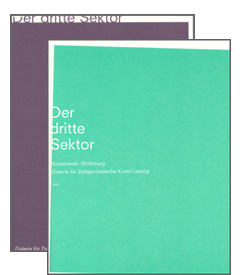
›Der dritte Sektor‹, 2 Hefte
mit Dorothee Albrecht, Angela Bulloch, Margit Czenki, Eva Hertzsch & Adam Page, Kvinder på Værtshus, Ursula Reuter-Christiansen, Martha Rosler, Christoph Schäfer, Erika Sulzer-Kleinemeier, Ingo Vetter & Annette Weisser, Malika Ziouech. Anlässlich der Ausstellung in der Galerie für Zeitgenössische Kunst Leipzig (27.01.-01.04.2002) und im Kunszverein Wolfsburg (2001), Hrsg.: Doris Berger, Carina Herring, Julia Schäfer, Barbara Steiner, 2002; Preis: 10.00€
